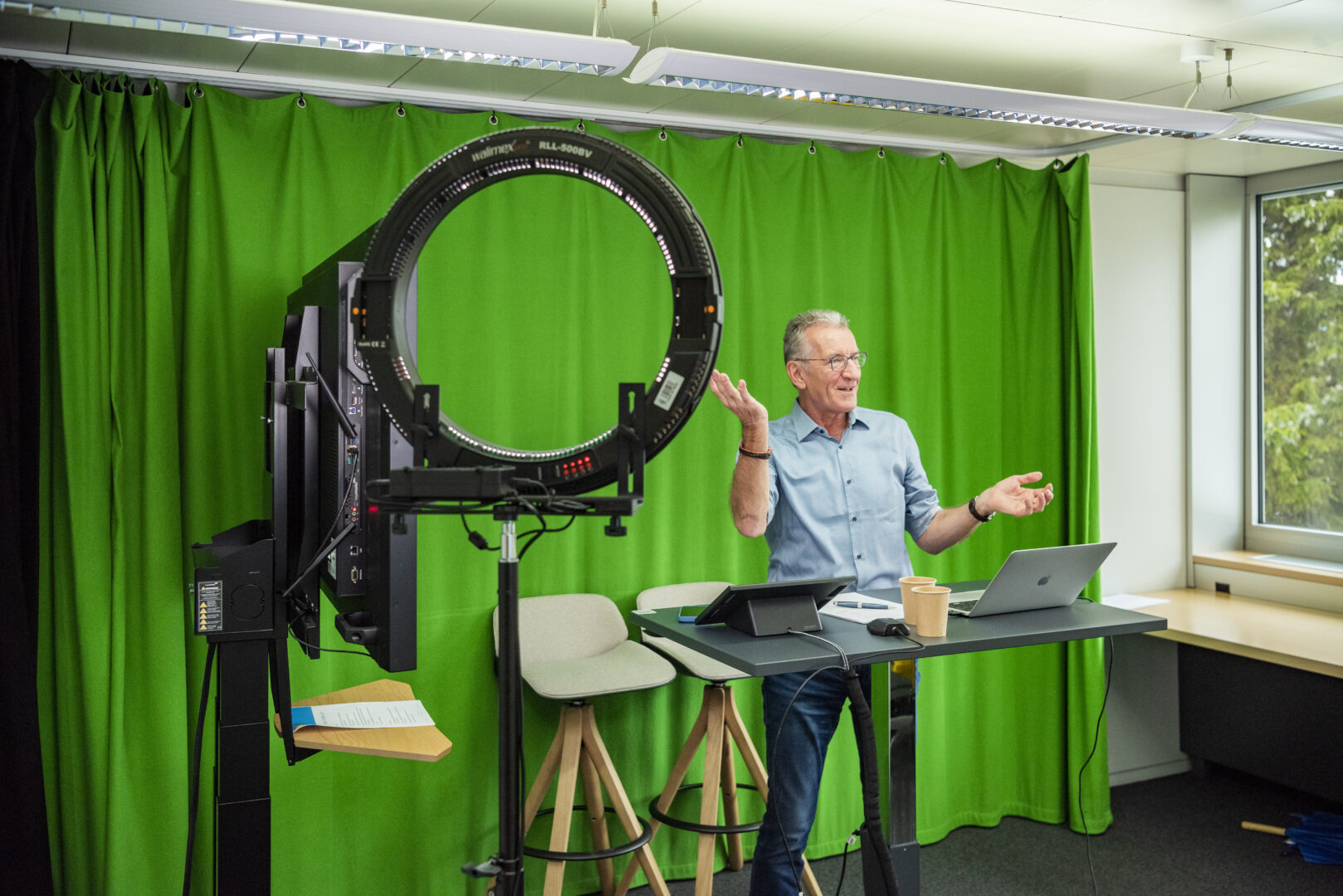Consider how a move to Web3 will transform the power balance between users and platform companies, and structure your organization’s data in a way that drives decision-making, IMD professors advised participants on the final day of Orchestrating Winning Performance liVe.
Moving to an ownership economy
The advent of a new iteration of the World Wide Web, known as Web3, has the potential to empower individuals by enabling them to become “owners” of their data rather than a “product” that middlemen platform companies sell to advertisers, said Professor Goutam Challagalla during his OWP liVe session on Web3 and the Metaverse: Hype, Reality, and a Framework.
Web3 works by incorporating decentralization, blockchain and tokens to provide alternate ways to match users, verify them and accept payments, said Challagalla. Advocates hope it will circumvent the need for platform companies, by building a web where trust is the currency rather than data. Google and Facebook-parent company Meta earned $76 billion and $40 billion in profit respectively in 2021, he noted.
“Web 2 power came from putting all the data in one place,” he said. “But if you can distribute the data so no one controls it, and those who are creating data own it, and the data is kept secure, then we can monetize the data.”
A host of new companies are trying to capitalize on these alternative business models. He cited the example of Lympo, which enables people to exchange their fitness and wellness data, stored on a blockchain, for tokens.
Another example of these so-called de-centralized apps (D apps) is LockTrip, which wants to help consumers and businesses break free of the platforms with market power, by matching guests and hotels via apps, storing the data on a blockchain, and encouraging users to pay for their rooms with lock tokens.
He cautioned, however, that this new iteration of the web was still in the early stages. Before it can reach the mainstream, blockchain networks will have to become a lot less energy intensive. “The way to think about Web3 is to think about what the Internet was in 1997,” he said. “It will take 7-10 years before we really start seeing meaningful usage.”
‘Where the magic happens’
In his session on Unlocking New Sources of Value with Digital¸ Professor Didier Bonnet explored how companies can make their digital offering more intelligent.
“You have to bring utility to the users. Why? Because otherwise they won’t give you your data. But what the customer doesn’t see is the platform behind. That’s where the magic happens and where you structure your data and model it to help make sense of it,” he said.
Encouraging participants to use their insights from the data (often received via sensors) to drive decisions, he stressed how big data was useless unless you make different decisions with it.
Ask: “How is your organization digitally transforming your offering? Are you using sensors at your disposal to capture valuable contextual data from customers? And are you using the data to enhance, personalize or create new offerings?”
He gave the example of Tesla who complemented its value proposition by removing the main obstacle to owning an electric car: drivers not knowing where to charge it on long journeys. Tesla integrated a map on the dashboard, enabling drivers to plan their journey around the location of charge points. It comes down to asking: What is your customer’s biggest pain point?
Next, focus on how to digitally transform the engagement, he said. This is a case of asking how you can provide value through seamless touchpoints with customers; how you can make it easy to do business and interact with your company; and how you can get customers to participate in the value delivery process. An example of the latter is found in giffgaff, a subsidiary of Telefónica, whose call center is run by fellow community members, as opposed to staff. The company deemed it the quickest way people could get the help they need.
Digital transformation all too often fails because people confuse modernizing their systems with transforming them, he said. “Digital transformation is not about the tech; it’s about the performance of organizations. It costs a lot of money and a lot of people are failing to generate value,” he added.
Empowering employees through agile leadership
On day 3 of his sessions on agile leadership, Stephane Girod, Professor of Strategy and Organizational Innovation, gave his participants of Leadership Agility in Action the floor, to volunteer their greatest lessons on agility and leadership taken from the previous sessions.
Agile makes way for a tolerance for change; a tolerance to allow the path to shift, said one participant. Another remarked on the amount of talent that could be unleashed when members of an organization were allowed to participate and to be included in the strategy.
One participant voiced how he had been struck by the scale of the structural implications of agile leadership and team autonomy, while another still highlighted the excitement and fear he felt surrounding the big adjustments needed.
Overcoming the fear of giving team members control was a point of lengthy discussion, with one participant reminding the others that it’s necessary for leaders to take some risk because if you don’t allow people to take ownership of tasks – all the while knowing there might be some kind of slip-up – you cannot progress.
“In fact, placing the emphasis on empowering people to find a solution actually means the onus is much less on you, as a leader, to drive performance,” said Girod. “In principle, you should have more time with your peers to think about external changes and can rely much more on the power of the teams to help you deliver objectives.”
Girod was asked by one participant how he compared and contrasted what could, if being cynical, be called a latest “fad” of agile leadership with the Toyota production system after World War Two, replete with daily stand-up meetings and self-managing teams on factory floors. Conceptually it feels similar although the scale is clearly different, the participant said.
“These are principles for designing an overall organization. When you move into such an organization, you realize you can’t continue working in a matrix structure: they slow people down and don’t empower employees,” answered Girod.
“In agile organizations, you do have multi-level relationships, like you would expect in a network, but you lack the complications of multiple reporting structures. As you start moving towards agile ways of working, the implications are much more sustained and wide-ranging than when it was just in manufacturing. Yes, quite a few of these methods do come from Japanese manufacturing. But it’s really about taking it as a tool for designing an entire organisation.”





